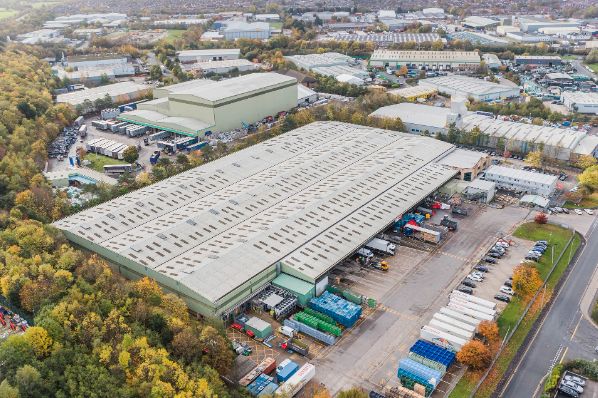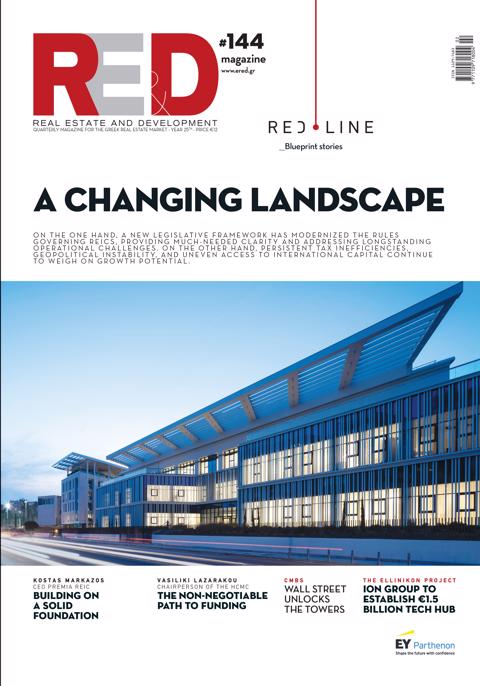Various factors will drive occupier activity in 2025. Improving economic conditions should improve occupier sentiment, something we observed in our 2024 European Logistics Census, which showed that more than half of occupiers (53%) believed that current business conditions were more favourable than twelve months ago, compared to just 41% in 2023.
Meanwhile, other drivers of demand for new space that were put on hold during the recent period of economic uncertainty will now become a greater priority. Growing concerns over the cost and supply of labour are increasingly pushing occupiers towards greater warehouse automation. Closely linked to this, advances in digitalisation and AI promise greater efficiency and cost reductions for occupiers willing to implement these solutions.
Notably, investment in technology is likely to become more viable in 2025 as looser monetary policy lowers borrowing costs. Consequentially, occupiers are increasingly aware of the need to secure adequate power supplies, whether through the grid or on-site generation, to meet the demands of new technology.
Finally, the spectre of the net-zero energy transition looms ever closer for occupiers. This year, for the first time, “Changes to ESG regulations” were considered the biggest potential game-changer, ranked important or very important by 69% of sampled occupiers in our 2024 European Logistics Census.
The European I&L market is set for a transformative year.
Despite recent subdued leasing activity, the decline in vacancy rates and stabilisation of rental growth suggest a potential market revival. Economic improvements and technological advancements, such as warehouse automation and AI, are anticipated to boost occupier activity. Additionally, the focus on ESG regulations and the demand for modern, efficient warehousing will influence market dynamics. Each European market presents distinct opportunities and challenges, ranging from strategic reorganisation and cautious growth to persistent scarcity and rising demand.















